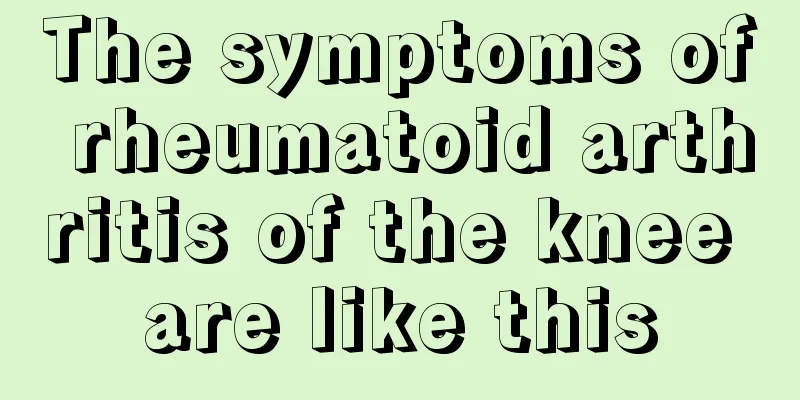What is the difference between glioma occupying space and non-occupying space

|
Glioma can be divided into two categories, space-occupying and non-space-occupying, depending on whether it causes space-occupying effect. Space-occupying glioma usually compresses surrounding tissues and causes obvious symptoms, such as headache, nausea or neurological dysfunction; non-space-occupying glioma generally grows slowly and has less impact on surrounding tissues, but may still cause hidden neurological damage. The treatment and prognosis of the two are also different, and personalized measures need to be taken according to the specific condition. 1What is space-occupying glioma? Space-occupying gliomas refer to tumors that cause compression effects due to the space occupied by the brain tissue. This type of tumor often causes significant compression of the surrounding brain tissue due to rapid tumor growth or large size, which may cause brain edema, increased intracranial pressure, and even acute neurological dysfunction. Common symptoms include persistent headaches, vomiting, blurred vision, limb weakness, and in severe cases, epileptic seizures or coma. Treatments include: Surgical resection: The tumor is preferentially removed by craniotomy to alleviate the mass effect; for example, microsurgery can precisely reduce damage to other brain tissues. Postoperative adjuvant therapy: includes radiotherapy such as precision radiotherapy and chemotherapy such as temozolomide to eliminate residual cancer cells. Measures to reduce intracranial pressure: Take drugs such as mannitol to reduce intracranial pressure, and actively control cerebral edema. 2What is non-space-occupying glioma? Non-space-occupying gliomas are usually low-grade gliomas such as WHO grade I or II. They grow slowly and do not significantly compress the surrounding brain tissue. The symptoms may not be obvious and are often discovered accidentally through imaging examinations such as MRI in the early stages. The manifestations may include mild mood changes, memory loss, or local neurological dysfunction, but they are not immediately life-threatening. Treatments include: Regular follow-up observation: For cases without obvious symptoms, imaging can be reviewed regularly, especially for older patients, to avoid overtreatment. Radiotherapy: For patients with worsening symptoms or obvious tumor growth trend, low-dose radiotherapy can be used to delay tumor progression. Be alert to progression: If a non-space-occupying glioma turns into a space-occupying glioma, the treatment plan should be adjusted as soon as possible. The main difference between space-occupying gliomas and non-space-occupying gliomas is the degree of compression and nature of the invasion of brain tissue. The former progresses faster and requires rapid intervention; the latter has a better prognosis, but also requires regular monitoring. For any type of glioma, early detection, early diagnosis, and early treatment are crucial. Regular physical examinations are recommended, especially for patients with headaches, epilepsy, or neurological dysfunction, who should seek medical attention in a timely manner. |
<<: How to treat esophageal cancer in the 80s
>>: How to treat esophageal cancer in an 80-year-old man
Recommend
After knowing this, my mother no longer has to worry about me using the air conditioner
In the summer, the temperature is high and the su...
Steaming rice cooker
A steaming rice cooker is actually the one we use...
How long can you live with stage 3B cervical cancer
Stage III cervical cancer indicates that the dise...
I always feel like I can't finish peeing
There are always advertisements on TV about male ...
How many years can a person with thyroid cancer live?
Thyroid cancer is a common malignant tumor, and t...
What herbal medicines can I take to treat nasopharyngeal cancer
In fact, we are all very afraid and terrified of ...
Can cervical spondylosis cause rib pain?
Cervical spondylosis is a disease that is not unf...
What's the quickest way to relieve a sore throat?
Although sore throat is not a serious illness, it...
How many methods do you know to clean grease?
Grease stains are very common in our daily life a...
A glass of red wine before bed
After a tiring day, having a good sleep is essent...
Why is there a choking pain in the middle of my chest?
I believe many people have experienced or are suf...
How about targeted treatment for liver cancer? Pay attention to these matters in targeted treatment for liver cancer
Because liver cancer has no symptoms in the early...
What are the sequelae of iliac fracture
If you touch your hips, you will feel two protrud...
Where to start with specialized nursing for lung cancer Five key directions for nursing of lung cancer patients
For patients with lung cancer, whether they have ...
Treatment methods of malignant lymphoma with traditional Chinese medicine
During the conventional treatment of lymphoma, so...









